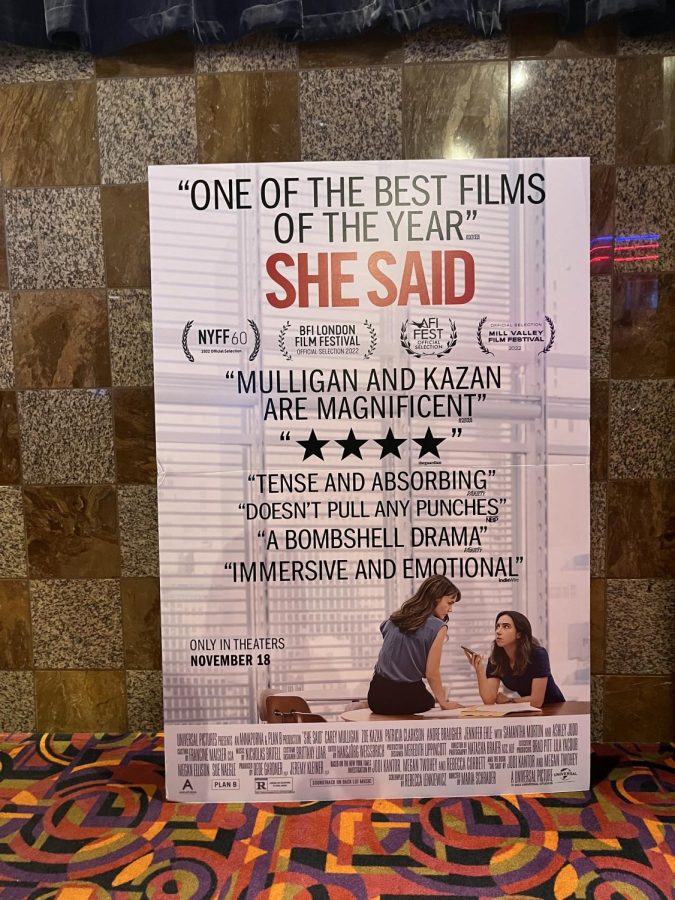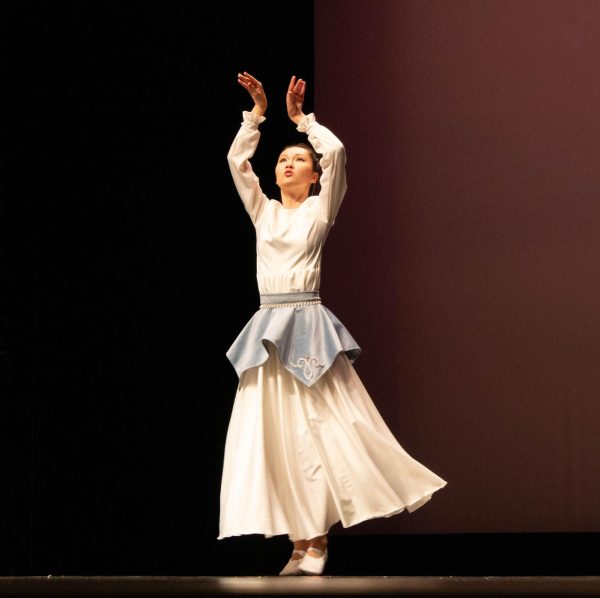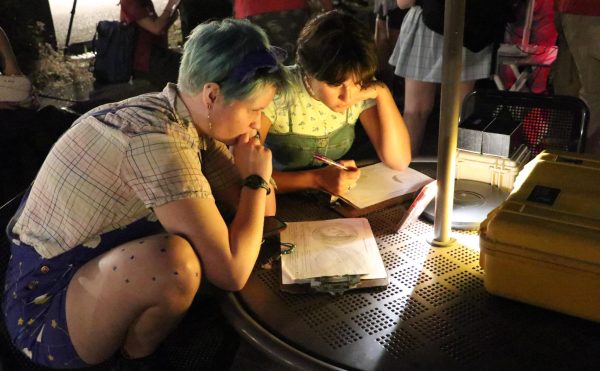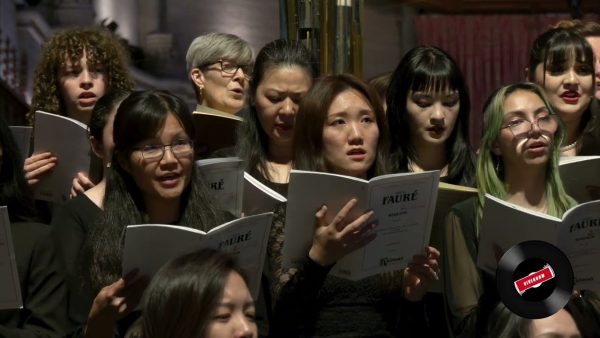‘She Said’ gives brief look into abuse cases that kickstarted a social movement
Poster for “She Said” at Century 20 Oakridge and XD theater, in San Jose, California, featuring both Carey Mulligan and Zoe Kazan.
November 30, 2022
“She Said,” released in theaters Nov. 18, gives a behind-the-scenes look at two New York Times journalists’ impactful investigation into the shocking sexual abuses perpetrated by former film producer Harvey Weinstein.
The movie follows journalists Jodi Kantor, played by Zoe Cazan, and Megan Twohey, played by Carrie Mulligan, as they uncover the story that ignited the #MeToo movement and encouraged over 100 women to come forward with allegations against Weinstein, who is currently standing trial for two charges of rape and seven of sexual assault at the time of publication.
In the movie, Kantor and Twohey mercilessly pursue the story from London to New York to Silicon Valley, listening to the claims of victims who worked for Weinstein’s Television company, Miramax.
The dynamic duo unveil decades of sexual abuse in the workplace perpetrated by Weinstein, and the methods he employed to silence the women he assaulted, from non-disclosure agreements to ruining their professional reputations.
Although the movie attempts to examine the individual lives of the journalists, it falls short of developing and effectively intertwining these personal storylines, as the main plot is focused on uncovering the Weinstein case.
At times, Cazan’s and Mulligan’s strong performances are muddled by the creative choices made by director Maria Schrader. The story introduces personal issues with the journalists, such as postpartum depression, the receipt of violent threats and the physiological toll of interviewing victims, but gives only a surface-level view, without showcasing how these issues affect the investigative and writing process.
The brief clips of Mulligan breaking down in her house, or Cazan being followed because of her affiliation with the investigation, aren’t fully addressed as changing the stakes of the investigation, seemingly solved easily in the following scenes and cultivating the idea of a “picture perfect” ending.
The storyline does well at illuminating the individual identities and giving voice to the victims, through vivid descriptions and scenes set back in time to give the viewer the perspective of the women.
However, this narrative would have benefitted even more if it had expanded on the journalists’ personal storylines. It would have been more successful if it showcased how easily stories of abuse can get swept under the rug by just one powerful individual, and the urgency of the journalists to continue with the story despite the risks.
The movie does well at demonstrating the long-time pain of the victims, as most of the cases have been neglected and disregarded for decades because of the power of the abuser. Those watching are forced to re-evaluate the pervasiveness of exploitation against women entirely overlooked when committed by those who have so much control.
The film never shows Weinstein, with the effect that viewers can place any face in his position. It leaves the viewer with the sense that other Weinsteins — people with tremendous influence — are out there, easily able to cover up their abuses of power.
It ends on a satisfying note, as the reporters huddle together in the newsroom to publish what was to become one of the largest stories of continual sexual abuse in the film industry. But there is still the persisting thought that similar instances continue to happen today on large scales, unknown or yet to be uncovered.
In staying consistent with its theme and focus of the women who went one-by-one on record against Weinstein, “She Said” is an effective film illustrating powerful investigative journalism and the birth of a crucial social movement, setting the movie up as a potential Oscar contender.
Rating: 3.5 out of 5 stars


























